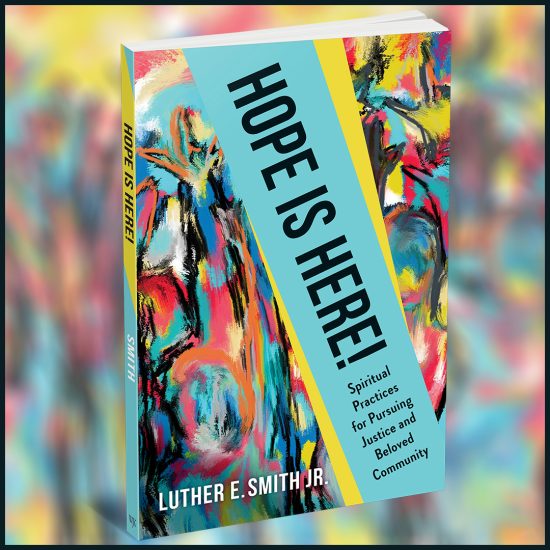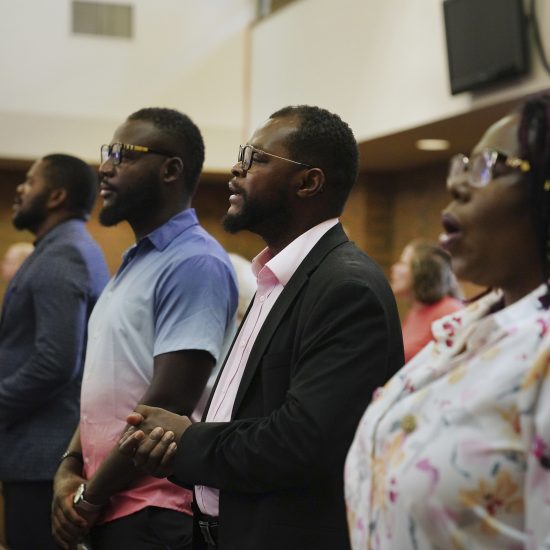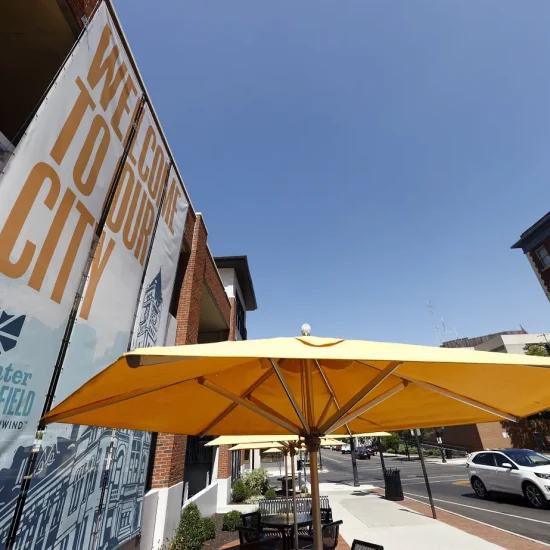
“It is a plucky assemblage of overachievers that could barely cobble together a full starting pitching staff.”
That backhanded compliment is how David Waldstein of the New York Times described the Atlanta Braves following their World Series victory over Houston. Nobody who knew anything picked them to be champions at the season’s outset. Yet, they overcame both low expectations and significant injuries to claim their first trophy in more than a quarter century.
Their dance of exuberant celebration following Tuesday night’s series win was also a reminder that their success came with controversy. Quite different from the cheating scandals tarnishing the image of their opponents, the Braves literally wear the offense on their chests. Emblazoned on their jerseys — visually present as they threw each strike, made each stunning defensive play, and hit every clutch home run — is a tomahawk logo tying the team’s identity to cultural images of Native American warriors.
“In our discussions with the Atlanta Braves, we have repeatedly and unequivocally made our position clear — Native people are not mascots, and degrading rituals like the ‘tomahawk chop’ that dehumanize and harm us have no place in American society,” Fawn Sharp, president of National Congress of American Indians, said in a statement last week.
We agree.
 While we salute Atlanta’s success over the dastardly Astros, we hope this moment in the public spotlight provokes a renewed conversation about the team’s name, logo, and rituals that demean Native peoples. In this edition of A Public Witness we slide into the cultural battle sparked by the World Series to highlight how this moment provides both Christians and our larger society a chance to reckon with an ugly past. As we celebrate the progress made in recent years on this issue, we pray Atlanta is brave enough to change.
While we salute Atlanta’s success over the dastardly Astros, we hope this moment in the public spotlight provokes a renewed conversation about the team’s name, logo, and rituals that demean Native peoples. In this edition of A Public Witness we slide into the cultural battle sparked by the World Series to highlight how this moment provides both Christians and our larger society a chance to reckon with an ugly past. As we celebrate the progress made in recent years on this issue, we pray Atlanta is brave enough to change.
NOTE: The rest of this piece is only available to paid subscribers of the Word&Way e-newsletter A Public Witness. Subscribe today to read this essay and all previous issues, and receive future ones in your inbox.






